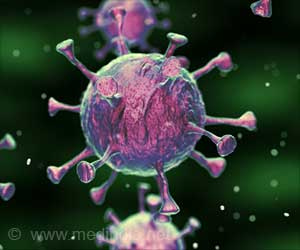“When new variants come through sequencing lab, contamination isn’t that uncommon (very tiny volumes of liquid can cause this) – just usually these fairly clearly contaminated sequences are not reported by major media outlets,” Peacock said in a Twitter thread on Sunday.
According to him, Omicron has likely not circulated for long enough, in a large enough population, to produce a true recombinant.
True recombinants don’t tend to appear until a few weeks/months after there’s been substantial co-circulation.
“We’re only a couple of weeks into Omicron – I really doubt there are any prevalent recombinants yet,” he said.
The World Health Organisation (WHO) has not commented on this development yet.
The genetic details of ‘Deltacron’ published on the GISAID database also do not resemble a recombinant.
Earlier, Leondios Kostrikis, the head of the biotechnology and molecular virology laboratory at the University of Cyprus, claimed that his team had detected a new variant, “Deltacron,” in 25 people.
According to Kostrikis, of the 25 samples taken in Cyprus, 11 were hospitalized due to the virus, while 14 were from the general population.
However, the new variant was not something to worry about at the moment, Cyprus Health Minister Michalis Hadjipandelas was quoted as saying.
It is “quite possible” that the new strain has not been found elsewhere, and the sequences of the cases have been sent to GISAID, an open access database that tracks developments in the coronavirus, the Cyprus Mail reported.
Source: IANS



